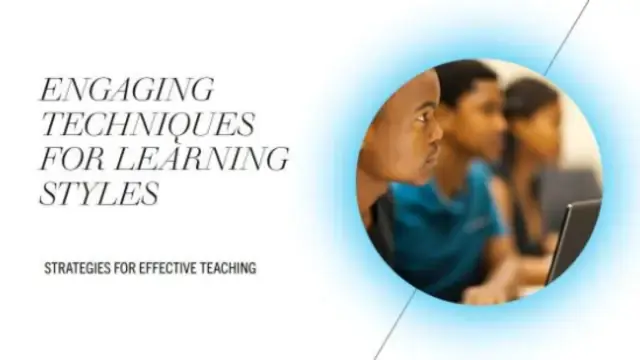
Demystifying Math: Fun and Engaging Approaches to Teaching Mathematics
Mathematics often carries a reputation for being a challenging and intimidating subject for many students
However, by incorporating fun and engaging approaches to teaching, we can demystify math and make it an enjoyable learning experience. In this blog post, we will explore various strategies and activities that can transform math education into a captivating adventure, fostering a positive attitude towards mathematics among students.
1. Real-World Connections:
One of the most effective ways to engage students in math is by making connections to real-world scenarios. Help students understand the practical applications of math by relating it to everyday situations. For example, use grocery shopping to teach concepts of budgeting, fractions, and measurement. Explore architecture and design to introduce geometry and spatial reasoning. By demonstrating how math is relevant to their lives, students develop a deeper appreciation for the subject.
2. Gamification:
Gamifying math lessons can significantly enhance student engagement and motivation. Introduce math games, puzzles, and competitions that challenge students' problem-solving skills. Interactive online platforms and apps offer a wide range of math-based games that make learning enjoyable and interactive. Classroom activities such as scavenger hunts, math bingo, or math-based board games also add an element of excitement and friendly competition to math lessons.
3. Manipulatives and Visual Aids:
Manipulatives and visual aids are powerful tools for teaching abstract math concepts. Incorporate objects like blocks, counters, or fraction tiles to help students visualize and manipulate mathematical ideas. For example, using base-ten blocks can aid in understanding place value and addition/subtraction with regrouping. Graphs, charts, and diagrams can also simplify complex concepts and make them more accessible. Visual representation facilitates comprehension and enhances memory retention.
4. Problem-Based Learning:
Problem-based learning encourages students to apply mathematical concepts to solve real-life problems. Present students with challenging and meaningful problems that require critical thinking and analytical skills. Allow them to work collaboratively in groups, fostering communication, teamwork, and the sharing of different problem-solving strategies. Problem-based learning instills a sense of curiosity and empowers students to become active learners, discovering the relevance of math in their lives.
5. Incorporating Technology:
Embrace technology to make math lessons interactive and engaging. Educational websites, apps, and online platforms offer interactive math tutorials, simulations, and virtual manipulatives that provide hands-on learning experiences. Utilize math software and graphing calculators to explore complex concepts visually. Online math games, puzzles, and quizzes can also make learning math more enjoyable and personalized. Technology offers diverse avenues to explore math concepts and cater to different learning styles.
6. Arts and Creativity:
Integrating arts and creativity into math lessons can make them more engaging and relatable. Encourage students to create math-related artwork, such as geometric patterns, tessellations, or origami. Explore the mathematical principles behind music, dance, and visual arts. Connecting math to creativity taps into students' imagination and fosters a deeper understanding of mathematical concepts through a different lens.
7. Real-Time Feedback and Progress Tracking:
Providing students with immediate feedback on their math skills and progress can be motivating and empowering. Utilize online platforms or math software that offer instant feedback on problem-solving attempts. Use progress-tracking tools to monitor individual performance and identify areas for improvement. Celebrate milestones and accomplishments to boost confidence and reinforce a positive attitude toward math.
Conclusion:
By incorporating fun and engaging approaches to teaching mathematics, we can transform the way students perceive and interact with the subject. By making math relatable, interactive, and enjoyable, we demystify its complexities and empower students to embrace the challenges of math with confidence. With the right strategies and creative teaching methods, we can inspire a generation of math lovers and problem
Last update: 2023-07-27 08:19:44
 Clenta
Clenta










